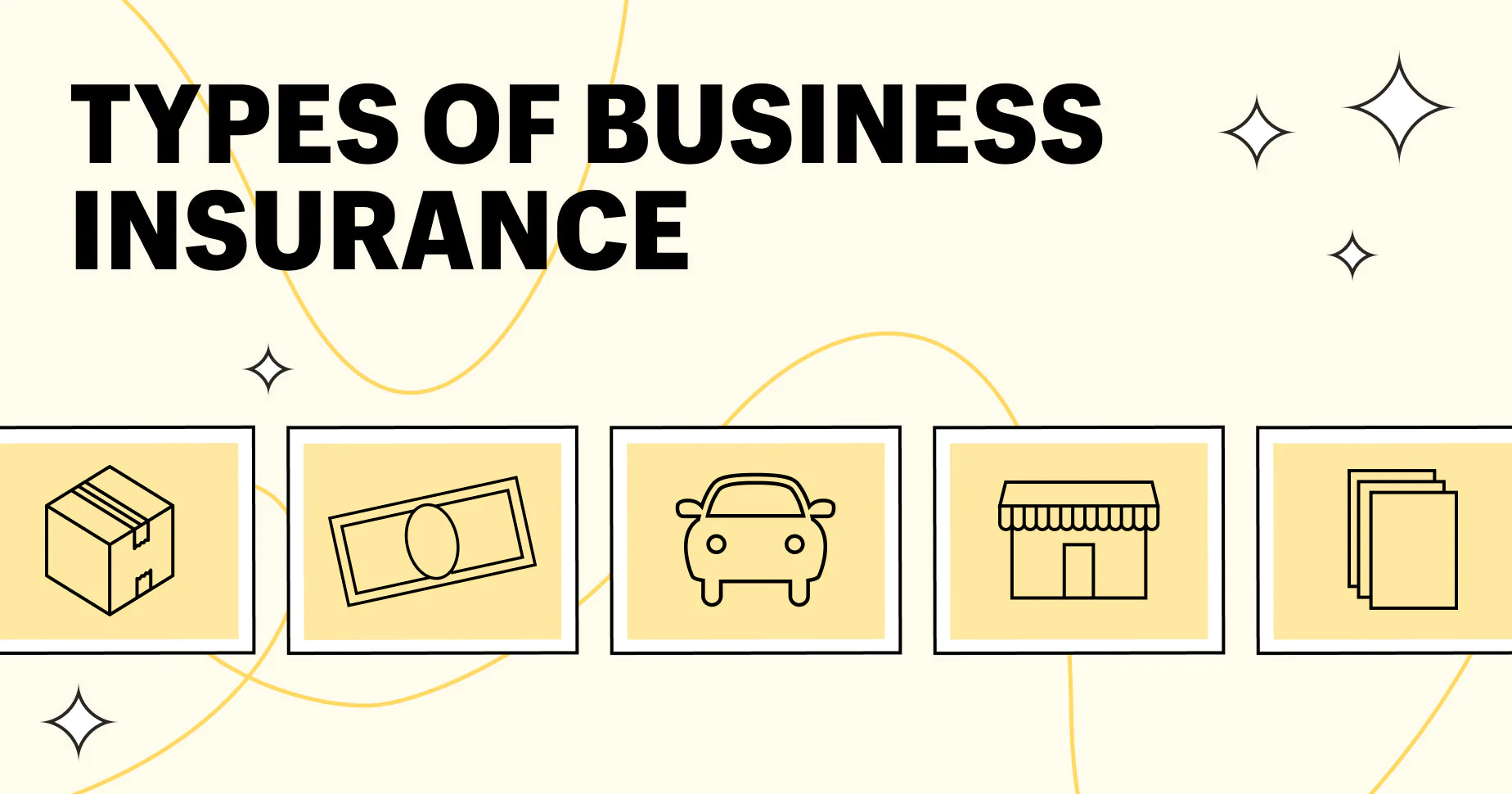For any business, the journey from day one to ongoing growth is filled with opportunities and uncertainties. Whether it’s a small family-owned bakery or a rapidly scaling tech startup, every business faces its own set of unique risks. A single unexpected event—such as a fire, lawsuit, or theft—can have severe financial consequences, sometimes enough to halt operations completely. With that in mind, having the right business insurance is not about “if” you need it, but “when” you will depend on it. The true value of insurance goes far beyond regulatory compliance; it’s a shield that can keep your business afloat when disaster strikes and allows you to focus on what you do best: running your company.
Recent research highlights that more than 40% of small businesses will experience some kind of loss within the next ten years that could trigger an insurance claim. Rather than seeing business insurance as just another bill, it’s prudent to view it as a safety net that guards everything you’ve worked to build. By carefully considering business insurance cost early in your planning, you not only ensure regulatory compliance, but you also protect your investments, your employees, and your future capacity to grow. Coverage can range from basic general liability to complex multi-line policies, so it’s crucial to make an informed decision that matches your needs.
Assessing Your Business Insurance Needs
One of the smartest moves any business leader can make is to properly assess their insurance needs before buying a policy. Each company’s risks differ, depending on the sector, the size of the workforce, and day-to-day operations. For example, a retail store needs protection against theft, property damage, and customer injuries, while a consultant mainly needs protection against errors and omissions. Among the most common foundational policies are general liability (for bodily injury and property damage), workers’ compensation (if you have employees), commercial property insurance, and professional liability insurance, which is especially vital for those offering expert advice or services.
- Business Size: Smaller organizations, especially solo entrepreneurs or home-based ventures, may not require the comprehensive coverage a large, multi-site business does. Premiums and necessary protection vary based on how your business operates and its annual revenue.
- Industry Requirements: For example, state and federal governments might require businesses in healthcare, construction, or transportation sectors to carry very specific types of insurance. These requirements are put in place to ensure public safety and industry integrity.
- Risk Assessment: Conducting a risk assessment—whether internally or with the help of an insurance agent—helps identify potential vulnerabilities unique to your business, such as data breaches or supply chain interruptions.
Keeping a detailed list of assets, inventory, equipment, and even intellectual property ensures your business is thoroughly covered and prevents over-insurance, which leads to unnecessary expenses. It’s better to be detail-oriented in your evaluation up front than to be surprised later by uncovered losses.
Shopping Around: Gathering Multiple Quotes
With so many insurance options available, one of the biggest mistakes business owners can make is settling for the first quote they receive. Comparison shopping is the cornerstone of finding the best coverage and price. Start by reaching out to several reputable insurers as well as trusted insurance brokers—these agents can provide access to multiple carriers all at once, saving significant time and effort. During this process, request itemized, clear quotes that specify exactly what is and isn’t covered.
According to essential business insurance tips acknowledged by industry experts, ensuring you have an appropriate mix of policies can protect against the most likely threats to business health. For every quote received, compare not just the sticker price, but also exclusions, claim service records, and how easy it is to file and manage a claim. This kind of research can save you a headache—and real money—when an accident happens.
- Request at least three quotes to compare rates and coverage levels side-by-side.
- Dig deep into the customer service experiences, either through online reviews or by speaking with peers.
- Look for coverage overlaps, exclusions, and potential gaps.
Analyzing Policy Details and Coverage Options
Insurance contracts are often filled with confusing jargon and industry terms, but taking the time to read the fine print can spare you unpleasant surprises. Always check for policy exclusions, which spell out exactly what isn’t covered—common exclusions might include flood damage, cyberattacks, or specific types of professional errors. Understanding your deductible (the amount you pay out of pocket before insurance kicks in) and your premium (your monthly or annual payment) is essential: higher deductibles can lower premiums, but only if you’re prepared to pay that cost should you need to file a claim.
- Exclusions and Limitations: Ask your agent or broker directly about hidden exclusions or limitations that could significantly affect a potential payout.
- Deductibles and Premiums: Find the balance between a manageable deductible and an affordable premium. Make sure you can meet the deductible if needed without draining your resources.
- Customization: Don’t hesitate to ask about riders, endorsements, or specific add-ons to tailor the policy to your needs, such as business interruption coverage or equipment breakdown protection.
Using a spreadsheet or online comparison tool can help you objectively evaluate the pros and cons of each option without feeling overwhelmed by choices.
Negotiation Tactics for Better Rates
Insurance policies aren’t set in stone—there’s often wiggle room for negotiation. Present your research, share lower competitor quotes, and ask for discounts directly. Many insurers are open to negotiating, especially for small businesses willing to bundle multiple policies such as liability, property, and cyber coverage together. Not every discount is advertised, so always inquire about loyalty or multi-policy deals.
Business owners can also actively take steps to reduce their risk, such as installing fire alarms, monitoring systems, or investing in employee health and safety training. These cost-saving strategies are backed by small business insurance cost reduction resources offered by industry professionals, who note that many carriers will lower rates if you can clearly demonstrate reduced risk factors.
- Negotiate using multiple quotes as leverage, pushing for better terms.
- Ask about bundling or loyalty discounts—these are frequently overlooked.
- Highlight investments in risk-reduction or security improvements to strengthen your case for lower premiums.
Maintaining and Reviewing Your Policy
Businesses are ever-evolving entities. What suited your needs last year may no longer be enough as you expand, hire staff, or diversify your services. This is why it’s important to conduct annual policy reviews—not only does this ensure you’re maintaining the right coverage, but it also presents the opportunity to identify possible cost savings. Failing to update your policy after significant changes can lead to coverage gaps and, worse, denied claims during an incident.
- Set a calendar reminder each year to review insurance policies.
- Update your agent whenever you purchase major equipment, move, or experience substantial revenue growth.
- Lean on professional guidance to help tailor coverage to your company’s current needs.
Routine reviews aren’t just a best practice, they are essential to protect your bottom line and avoid last-minute surprises.
Staying Informed: Industry Trends and Technology
The insurance industry is quickly adapting to new technology—think instant online quotes, automated risk assessment, and digital claims processing. These tools make it easier for businesses of any size to compare policies, understand their options, and maintain documentation, significantly streamlining the insurance experience. Keeping your finger on the pulse of industry news also alerts you to emerging risks and innovative products, such as cyber insurance or coverage for digital assets.
By remaining proactive and digitally literate, business owners position themselves for long-term savings and security, consistently identifying opportunities for cost optimization and increased protection.

